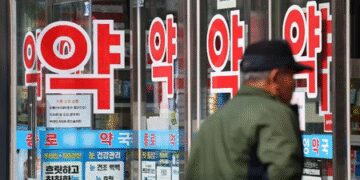Seoul, September 8 (IANS). Recently, the government in South Korea implemented the state medical reform plan. Many medical workers of the country have been protesting against this plan for many months. Due to this, there was a significant decline in the emergency services operating in the country last week.
According to the South Korean Health Ministry, as of Thursday, out of all the emergency centers in the country’s 180 major hospitals, 88 are able to provide medical treatment and other services to emergency and critically ill patients, while this number was 109 in the first week of February. These centers have the capacity to provide protection against 27 types of diseases.
According to news agency Yonhap, the figure fell from 102 on August 29. There is concern that the number of centers may decrease further during the upcoming Chuseok holiday.
Many hospitals have reduced the operating hours of emergency centres amid a shortage of medical staff as most of the country’s junior doctors have been on strike or have quit their jobs since February in protest against the government’s decision to increase admission quotas in medical schools.
The government has sent military and public doctors to understaffed hospitals. According to doctors and hospitals, this move by the government is not enough to meet the shortage of doctors in the country’s hospitals.
The number of emergency centres capable of performing emergency bronchoscopies for adults in the country fell from 109 to 60 last week, which is 45 per cent of the total. Compared to the previous week, this figure has fallen by 40 per cent.
The number of hospitals treating mass burn victims fell from 44 in February to 38 at the end of August and then to 28 last week.
According to a South Korean health official, “the government is considering various options to cover the labor costs of doctors in emergency rooms.”
–IANS
PSM






